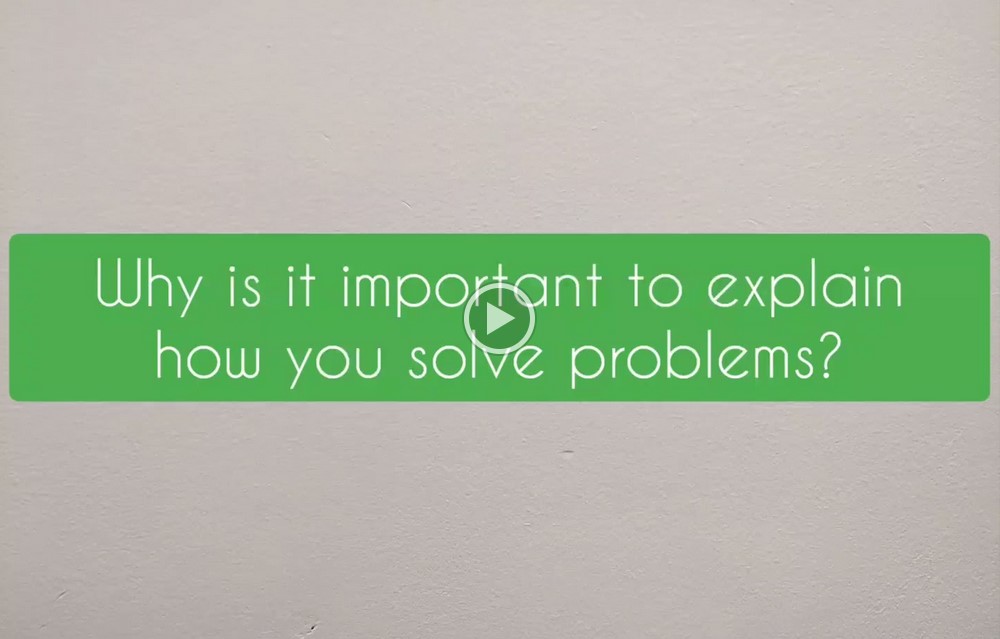At Gallions we believe all children can achieve in maths. Developing confidence in the subject and promoting enjoyment in maths for all pupils is of the utmost importance. Challenge is built into every lesson so pupils can be stretched in their thinking. We teach using a mastery approach supported by high quality textbooks and lesson plans from Maths No Problem.
Teaching for mastery means working at a pace which suits the vast majority of pupils and expecting students to show a deep understanding of the topics we cover. This is not about just being able to memorise key facts and procedures, which tends to lead to superficial understanding that can easily be forgotten. Pupils should be able to select which mathematical approach is most effective in different scenarios.
This short video explains the learning theories which underpin our mastery approach to teaching.
Teachers carefully pick a ‘starting point’ for each lesson which every pupil can access, lessons are then planned in small steps to help keep all pupils working together and ensure no child is left behind. Teachers constantly question pupils and learn from their responses; pupil talk and explanation is at the forefront of each lesson. Within every lesson and at the end of the day teachers are determining who understands the learning, any tricky bits of the lesson and adapting the next lesson to suit the needs of their pupils. Perhaps one of the most important roles the teacher holds is establishing a positive learning environment. A classroom environment where pupils feel safe to make mistakes, share their thinking, enjoy the lesson and even question the teacher.
Our lessons are planned with four key questions in mind and one clear goal which is that pupils can apply something they know in a completely unfamiliar situation.
What do we want them to learn?
How do we know they are learning?
What will we do when some pupils don’t learn?
What will we do when pupils already know it?
Please click on the topics below to view more information.


